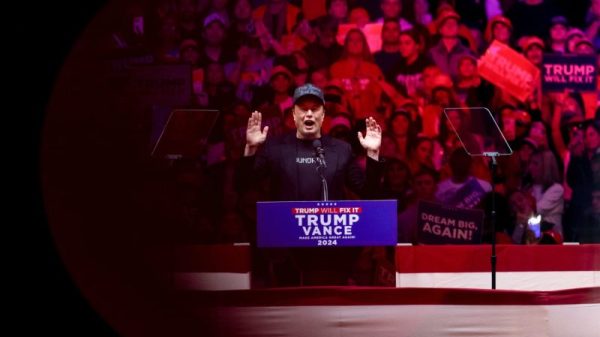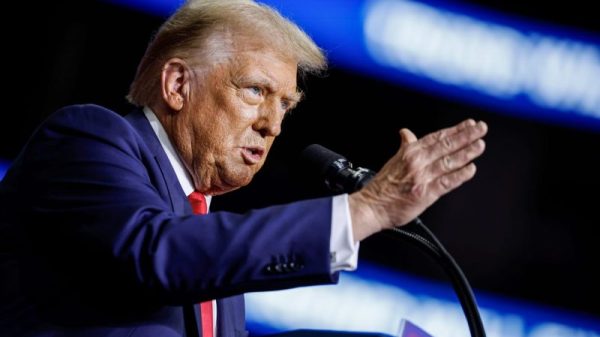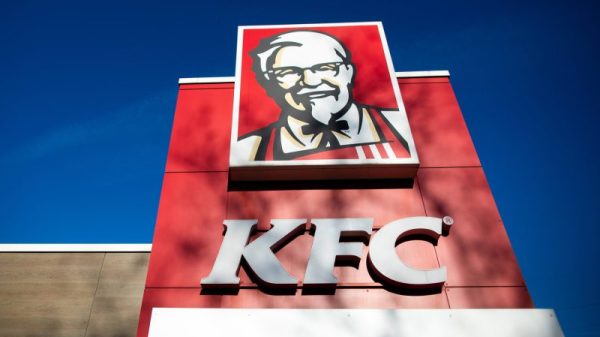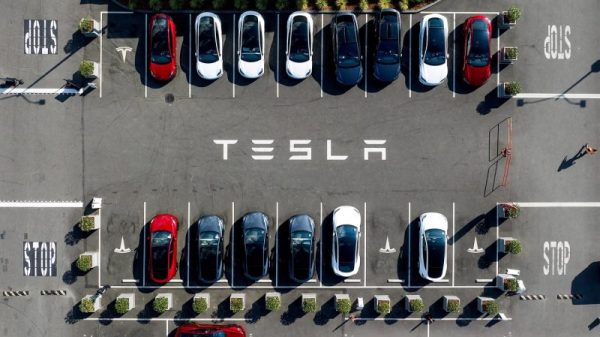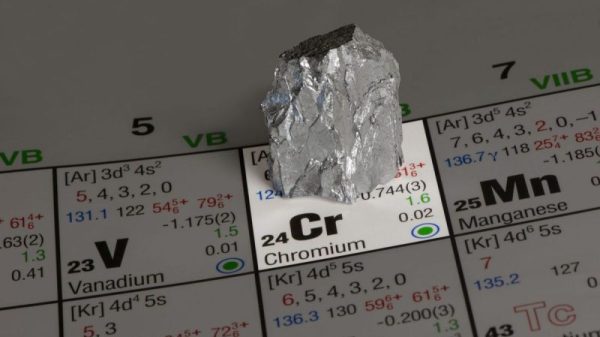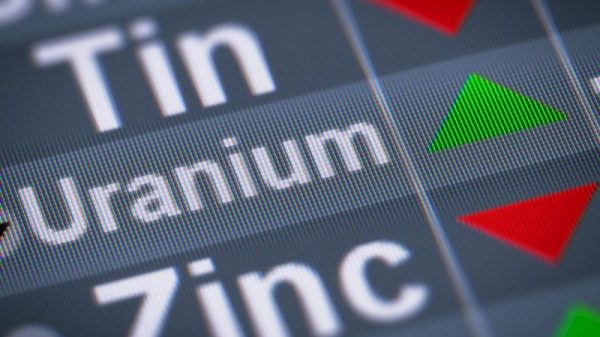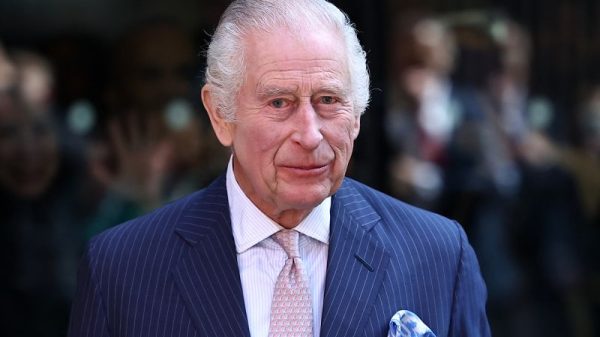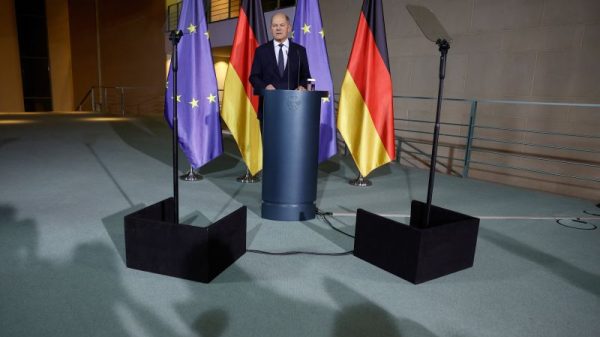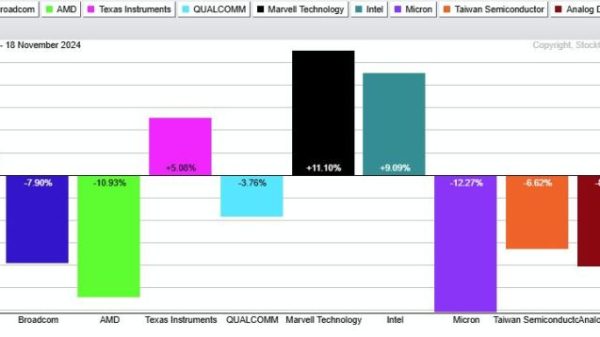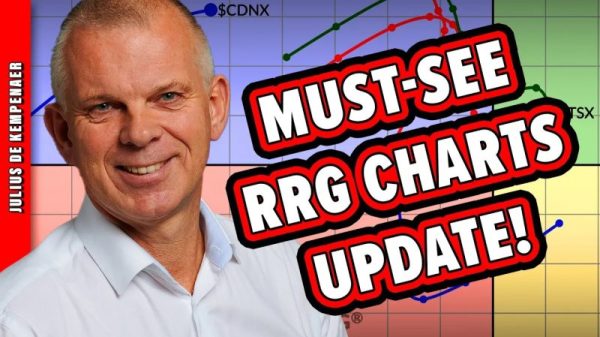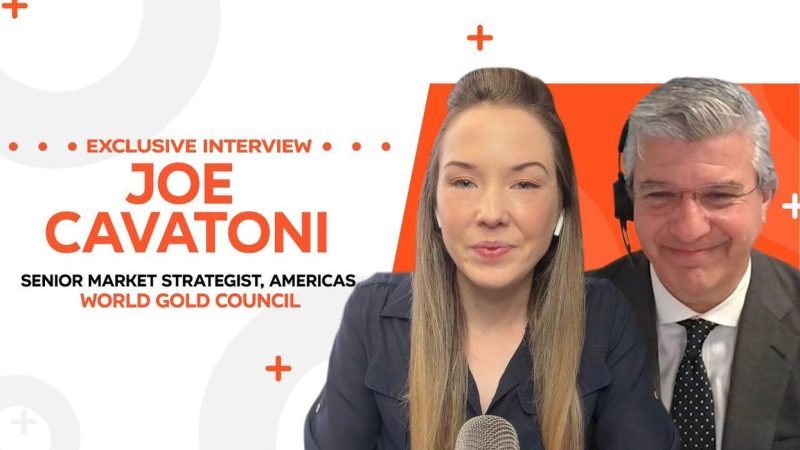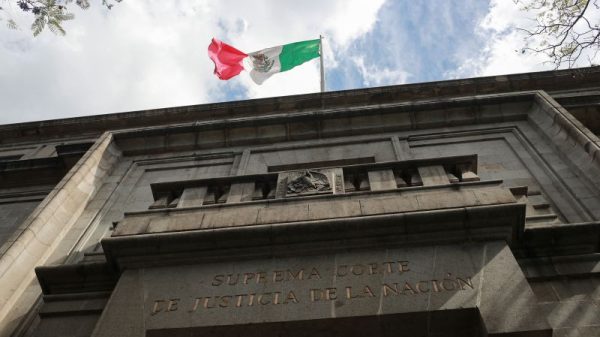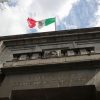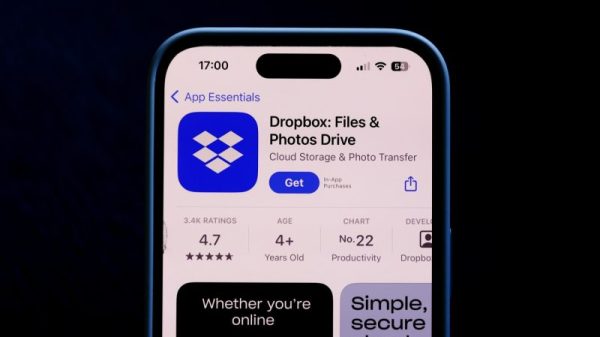Joe Cavatoni, the Managing Director, USA and ETFs at the World Gold Council, recently announced that gold demand has hit a Q3 record, with Western Exchange-Traded Fund (ETF) buyers making a powerful comeback. This exciting news was met with significant anticipation as it represents a shift in market dynamics, fuelled by a renewed appetite for the precious metal.
Global Demand and Influencing Factors
Cavatoni highlighted that the global gold demand rose significantly in the third quarter. A significant part of this surge can be attributed to Western ETF investors who have returned to the gold market after a period of retreat. This recent gold rush is due to a combination of factors, including uncertainties in global financial markets, inflation fears, and rising geopolitical risks.
These macro-environmental factors have increased the desire for safe-haven assets like gold. Investors, specifically in the western world, have started aggressively accumulating gold through ETFs, placing strong buy orders that have buoyed demand, contributing to the record-breaking Q3 figures.
Role of ETF Buyers
Exchange-traded funds represent a significant portion of the gold investment market as they enable investors to buy into and sell out of gold much like they would a regular stock or bond. An inflow of cash into gold ETFs indicates growing investor interest and increased demand for the metal. According to Cavatoni, gold ETFs added 258.2 metric tons during the third quarter, effectively reversing the outflow trend observed in the two previous quarters.
The return of western ETF buyers marks a significant turning point in the global gold market. Representing long-term value investors, these ETF buyers are usually strategic in nature, primarily driven by an assessment of fundamental economic and geopolitical risk factors. Hence, their return to the gold market serves as a significant indicator of increasing risk appetite, which is an interesting aspect for expert market spectators.
Central Banks, Jewelry, and Technology
It’s noteworthy that the increased demand for gold wasn’t primarily driven by these ETF investors. Cavatoni also shared that central banks’ net purchases accounted for a substantial part of the demand surge, with these entities ramping up their gold reserves. Central banks around the globe purchased 258.6 metric tons of gold this quarter, of which the bulk was bought by banks in emerging markets including India, Thailand, and the United Arab Emirates.
Additionally, gold jewelry demand, albeit still recovering from the impact of the pandemic, also demonstrated positive inclinations, with a certain resurgence in key markets like China and India. Demand in the technology sector also rose, driven by increased use of gold in electronics and healthcare applications.
Looking Forward
Overall, the amalgamation of these elements signals a robust market sentiment for gold. As the world grapples with ongoing financial insecurity, the allure of gold as a valuable resource looks set to shine brighter in the foreseeable future. With all eyes on Q4 and beyond, Joe Cavatoni’s announcement underlines the pivotal role that ETF buyers can play in driving gold demand, setting the stage for yet another exciting chapter in the history of global gold trade.



